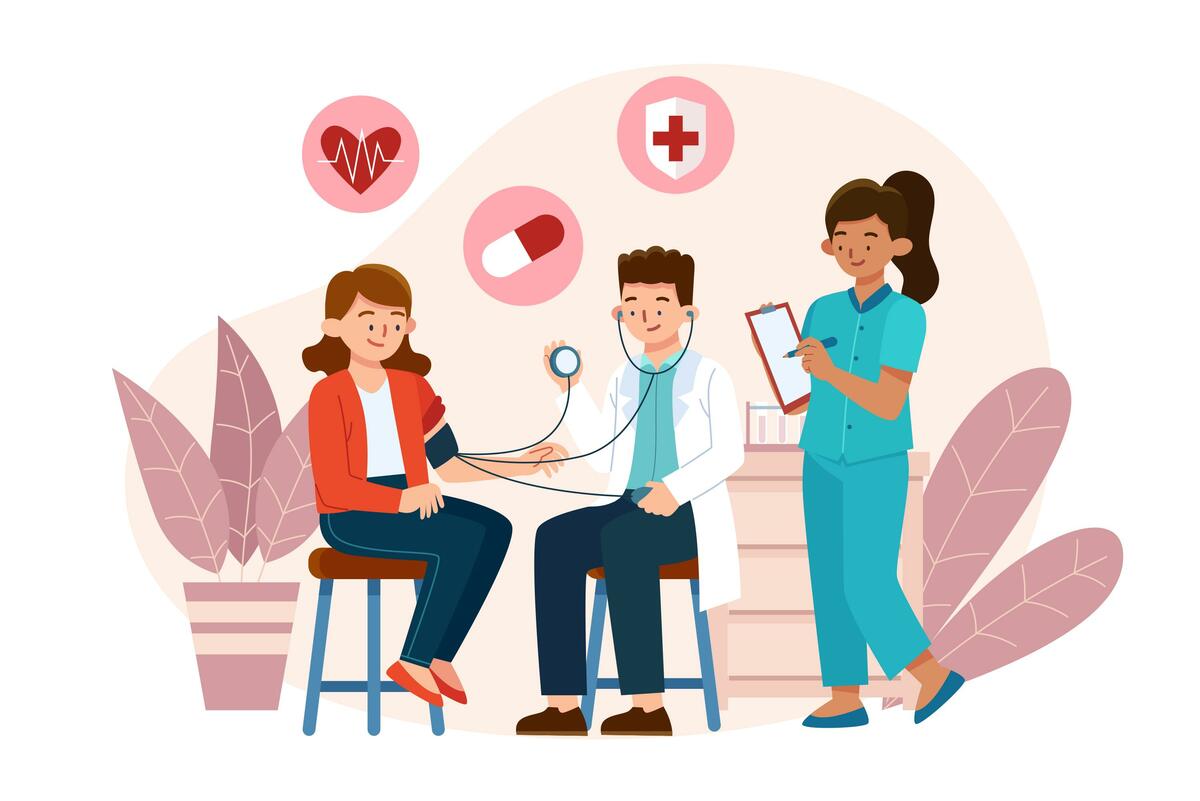Some 30,000 families every year get out of a worrying situation thanks to Life Insurance. This data speaks for itself of the importance of a product that, according to the Social Insurance Report, compensates with an average of 25,000 euros and that covers 32% of the alleged cases of disability and 68% of death.
If in the first assumption it is clear who is the beneficiary of the same, in the second more doubts may arise. The collection of the same is not complicated, but it is necessary to know some steps that will make its processing much easier
Where to start to collect Life Insurance?
First of all, having the certainty of knowing all the Eye med life insurances in which we can be beneficiaries. Although we are aware of some policies, we may miss some, and it is estimated that almost 10% of life insurance is not charged.
For this reason, the first important step is to go to the Registry of Death Coverage Insurance Contracts, dependent on the Ministry of Justice, where, by accrediting the death of the holder, we will have access to all insurance with death coverage, being able to make a request in person. by mail or electronically.
Pay the Inheritance Tax
Within a maximum period of 7 days, the Registry will issue a certificate with the current contracts and with which insurers they are subscribed. These certificates will be collected in the same way in which they were requested.
The next step will be to appear in person at the corresponding insurance company, to find out if you are a beneficiary of that insurance and initiate the procedures for its collection. It should not be forgotten that if no specific beneficiary has been designated in the policy, it will be the legal heirs who collect, generally the children, spouse, or parents.
The procedures are usually very simple, but an important step remains, and that is that any money received by life insurance beneficiaries as a result of the death of the insured person -provided that a contracting party is a different person from the beneficiary- is subject to Inheritance and Gift Tax.
The amount that the beneficiary will receive must be added to the value of all the assets and rights that form part of his inheritance. This can be a serious economic loss since insurance companies do not allow any insurance to be collected if payment of the Inheritance Tax is not previously justified. To alleviate this measure and be able to collect the life insurance without waiting for the inheritance to be processed, the Autonomous Communities (which are the ones that manage this tax) allow a partial self-assessment of the tax for the value of the policy, taking into account that The rest of the inheritance must be presented before the end of the six-month period.
Once this self-assessment has been made, it is presented with the rest of the information required to the insurance company and in generally very short terms, the part of the insured capital belonging to the beneficiary is received.
Did you find this article interesting? Share it on social networks with your family and friends



